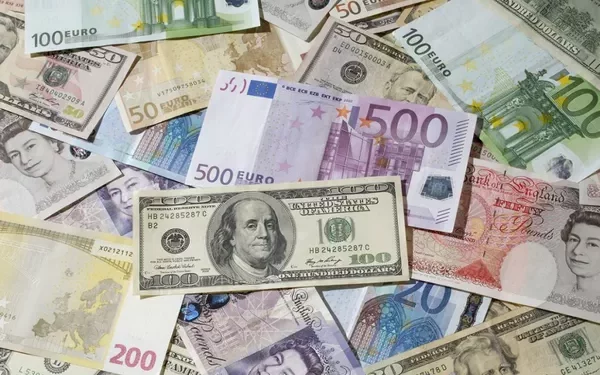The Federal Reserve (Fed) is ending the year with a bang. The Fed is not bothered by US yields falling in preparation for a rate cut. On the contrary, they endorsed the idea of a policy pivot thanks to an encouraging fall in inflation and sounded much more dovish than everyone expected at their announcement yesterday – which clearly showed that the policy pivot is coming.
This is the big takeaway from the last FOMC meeting of the year, and it was totally unexpected. Jerome Powell still said – just for the sake of saying it – that it was “far too early to declare victory” on inflation, but the committee lowered its inflation forecasts for this year and next, and the so-called dot plot – which shows where Fed officials think interest rates will go – showed a 75bp cut in the Fed funds rate next year. The median expectation now is that the Fed funds rate will be cut to 4.6% by the end of next year.
And that’s quite a change from the last time the Fed President spoke, when he said that rates would stay high for a long time. It now appears that rates won‘t stay high for that long. The first Fed rate cut is now expected to occur in March, with a probability of more than 85%.
As a result, the US 2-year yield – which captures Fed rate bets – fell to 4.33% yesterday, and with the dovish message the Fed sent to the market, the 4.50% level that I saw as support earlier this week should now act as resistance. The U.S. 10-year yield fell below 4%, reflecting the idea that the policy pivot suggests a meaningful slowdown in the U.S. economy.
Falling yields pushed the S&P500 above 4700, its highest level in almost two years, and the Dow Jones Industrial Index to a record high. There is no reason to stop believing that the S&P500 will soon set another record, unless there is a significant decline in earnings expectations.
The dovish Fed also reverberated loudly through the forex markets. The US dollar was sold off sharply, the EURUSD rebounded back above the 1.09 level, Cable extended gains to 1.2650 and the USDJPY fell nearly 1.80% yesterday and slipped below the 141 level this morning. The trend and momentum indicators are comfortably negative, the fundamentals – i.e. the narrowing divergence between a more dovish Fed and a more hawkish Bank of Japan (BoJ) – are comfortably positive for the Yen, and thus the USDJPY’s price rallies are now being seen as opportunities to add to short USDJPY positions.
Today, it’s the turn of the European Central Bank (ECB) and the Bank of England (BoE) to deliver their final policy verdict for the year. And both Ms. Lagarde and Mr. Bailey must be annoyed that the Fed went so soft yesterday, as Ms. Lagarde herself had said that no rate cuts should be expected in the next few quarters. It will be interesting to see if the ECB and BoE officials will feel comfortable giving up their hawkish stance. I still believe that Lagarde will repeat that it’s too early to talk about rate cuts, in which case we could see the EURUSD jump above the 1.10 level and finish the year above this level.
Across the Channel, the situation is less clear. The UK economic outlook is not bright and wages are showing signs of slowing. One big argument is that inflation in the UK has more than halved since the beginning of the year. Yes, it has. But UK inflation – though halved – is 4.6%, which is more than twice the BoE’s 2% target. The latter makes the BoE less inclined to cut rates than the other two major central banks.



























